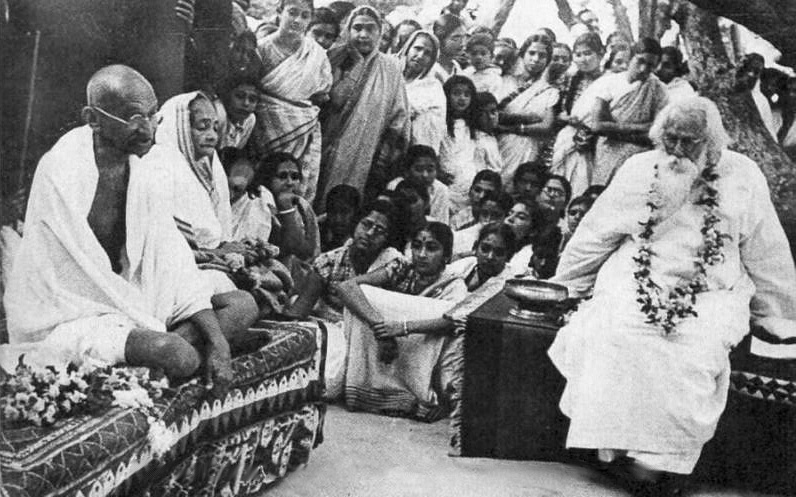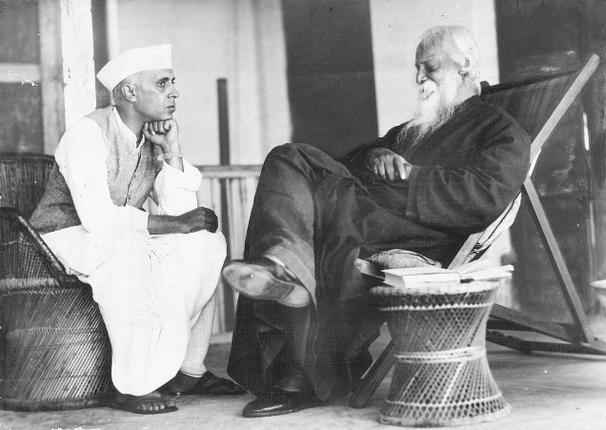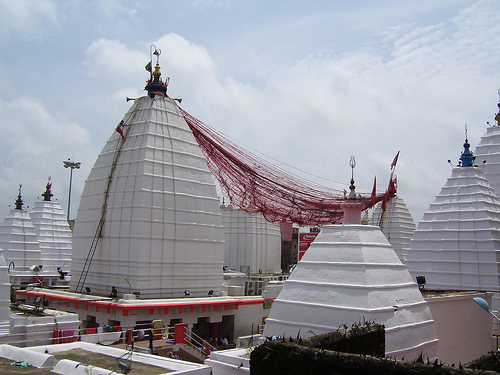


Shantiniketan, a small town nestled in West Bengal's Bolpur region, represents far more than a geographical location—it embodies a transformative cultural and educational vision. Originally known as Bhubandanga, a village once notorious for dacoits, the landscape underwent a profound metamorphosis through the remarkable efforts of the Tagore family, particularly Maharshi Devendranath and his son Rabindranath Tagore.
In the 1860s, Devendranath Tagore discovered this breathtaking terrain and acquired 20 acres from the Sinha family's zamindari, paying a modest annual rent of five Rupees. He christened the area Shantiniketan, meaning "abode of peace," a name that would resonate deeply with the region's emerging identity. Remarkably, the local dacoits who had previously terrorized the area surrendered to Devendranath and ultimately assisted in developing the land, symbolizing an extraordinary social transformation.
Rabindranath Tagore, visiting the area at seventeen, was profoundly inspired by its potential. He expanded his father's vision by establishing Visva-Bharati, an innovative educational institution that challenged traditional learning paradigms. The campus became a crucible for artistic and intellectual exploration, featuring specialized institutes like Cheena Bhavana, Kala Bhavana, and Sangit Bhavana that celebrated diverse disciplines beyond conventional academic boundaries.
The architectural landscape of Shantiniketan itself became a powerful narrative of cultural resistance and indigenous creativity. Structures like the Kalo Bari, constructed using local materials such as clay and coal tar, represented a deliberate rejection of colonial architectural influences. These buildings embodied Tagore's vision of a modernity rooted in Indian traditions, challenging the prevailing Western-centric design philosophies of the early 20th century.
Shantiniketan's unique social environment transcended religious and cultural boundaries, creating a universal space where diverse individuals could coexist harmoniously. Inspired by Brahmo Samaj principles, the community embraced a philosophy of inclusive spirituality that respected all beliefs while maintaining a commitment to a formless, universal divine conception. This approach was revolutionary for its time, promoting understanding and mutual respect across different social groups.
The town's connection with nature became another defining characteristic, with Rabindranath Tagore drawing immense inspiration from the landscape and local community's rhythms. His literary and artistic works frequently reflected the intricate relationships between humans and their natural environment, celebrating the subtle beauty of rural Bengali life. Sculptures by artists like Ramkinkar Baij further integrated artistic expression with the surrounding landscape.
Cultural events like the Khoai Shanibarer Haat exemplified Shantiniketan's vibrant community spirit. Held under Saal trees in the Sonajhuri forest, these weekend markets became platforms for local artisans to showcase their crafts, accompanied by soulful Baul music. Such gatherings highlighted the town's commitment to preserving and celebrating traditional art forms and community interactions.
In 2023, Shantiniketan's recognition as a UNESCO World Heritage Site represented a culmination of its century-long journey. This prestigious designation acknowledged not just its educational and cultural contributions, but its broader significance as a space that transcends divisive social boundaries. Today, the town continues to attract scholars, artists, and tourists, offering a unique environment where education, art, spirituality, and nature converge in harmonious dialogue.
Enhance your journey with these nearby attractions that offer similar cultural experiences
Kolkata, West Bengal
Sacred Kali temple where mysticism meets colonial resistance

Deoghar, Jharkhand
Sacred Jyotirlinga Shrine Celebrating Shiva's Divine Spiritual Legacy